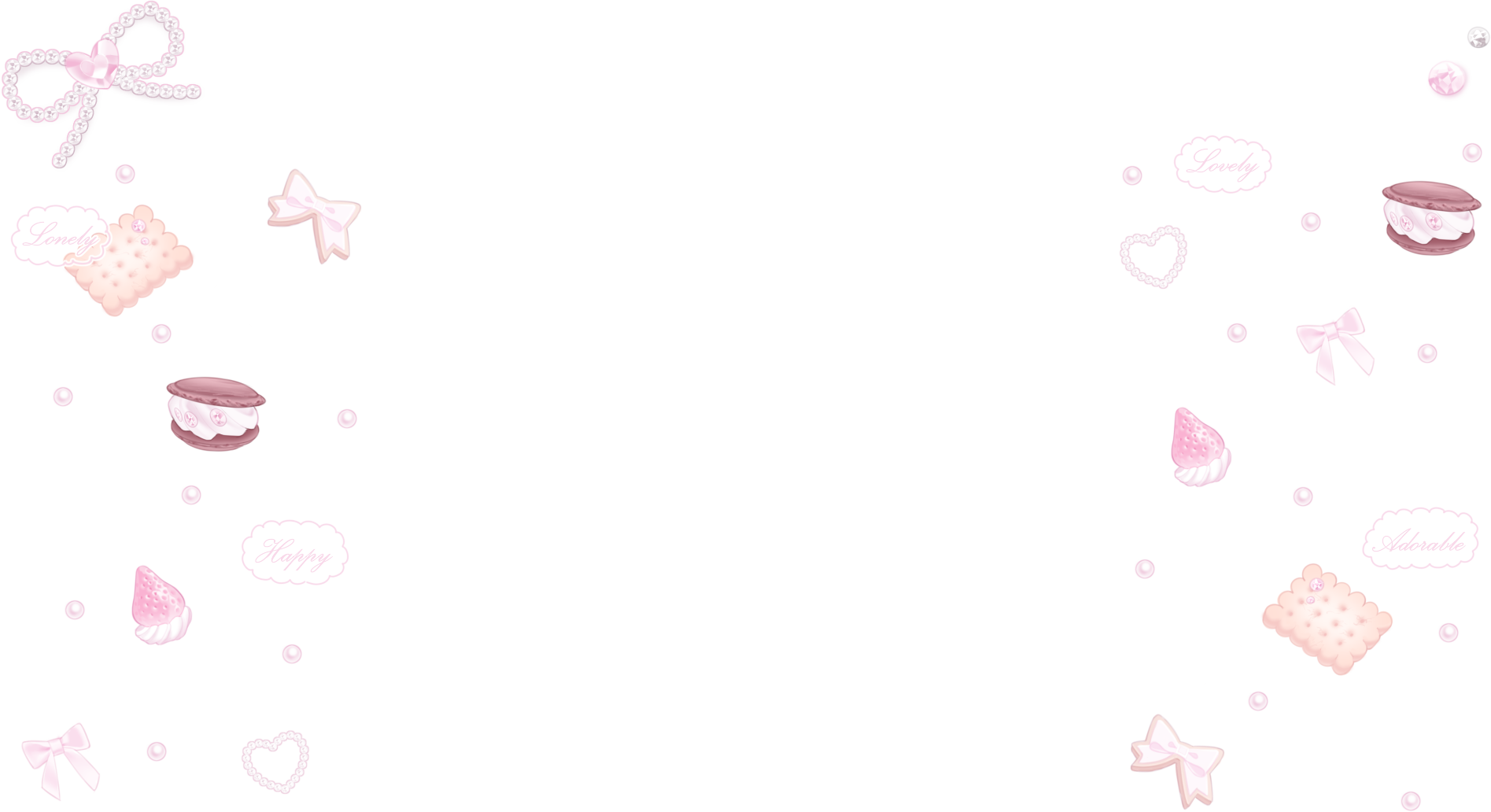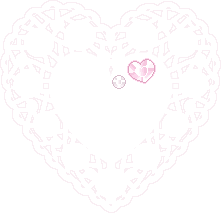Before you read
Everyone is human. Everyone is, by nature, different. I don’t believe that any group of people is inherently more special than others; rather, I think some groups have unique life dynamics that are often overlooked by the majority.
I believe everyone should have a community where they feel understood. Yet some communities never get the chance to form—especially when people are socially isolated or deeply focused on something niche. The odds of such individuals finding one another can be incredibly slim. Still, I want to connect with those like me, to embrace people who resonate with my words and the subculture I’m trying to cultivate.
This isn’t about arrogance or putting others down—never that. My goal is simply to unite people who share similar perspectives and passions. There’s something profoundly beautiful about community, about feeling seen and validated by those around you. It’s an experience everyone deserves.
I’m happy to be here and hopeful for where this site will go. I’m excited to connect with a community that embraces me as much as I embrace it.

Introduction
I’ve noticed a pattern in people: they follow aesthetics but not ways of living. An aesthetic is a way to dress and perceive oneself—never a way to act. So an aesthetic wasn’t what I wanted. Maybe a subculture—call it what you will. A different way of living, with a clear purpose: to reach a standard (possible for all) and to live proudly embodying what we find beautiful. That’s what I want—and what I offer to every girl and woman who feels the same.
Everything feels the same now. I grew up in a mental space where everything was aesthetic, beautiful, magical. The internet raised me, feeding me endless new, thrilling things. Maybe it’s age, maybe bitterness, but I find nothing novel online anymore—no charm, no depth in today’s aesthetics or lifestyles. The standard has become pure practicality. Everyone chases pleasure and forgets to live intentionally, to create magic. Even thoughtful movements like the "clean girl" aesthetic, while admirable in their discipline, ultimately adapt to the world rather than transform it.
We are trapped in this physical reality, where everything revolves around needs—even online. It’s not wrong, but it clashes with our desire to chase beauty, to strive for a standard. The standards we’re given aren’t ideal—tiny waists, clear skin, things beyond our control. Humans crave more. Some seek religion, careers, families, the "perfect" body. But we are unconventional. We want something that decorates our existence, that makes our way of living worthy of pride.
We hate what we can’t control. We hate imposed standards, living for others’ desires (being "beautiful" in their eyes). Why can’t we live for ourselves—for our needs, our wants? It’s hard, but possible. Yes, possible.
The desire for beauty isn’t new. We bury it in our bodies—through abusive standards or mere clothing—but it seeks something greater: a state of beauty that envelops our entire existence. For millennia, fashion has expressed something within. This isn’t materialism. It’s bigger. What governs us is purpose—something to fill the voids we mistake as innate, gaps left by the absence of a life aligned with our nature. We want our actions to reflect who we are. We all feel this. We just lack the words.
We want to achieve beauty. That’s all. And in doing so, embrace who we’ve always been: slightly odd women, with quirks few understand but that we live by. We want something new—outside hollow aesthetics, repetitive personalities, superficial desires. Something with soul, that speaks to us. We refuse to act like everyone else. Not everyone needs the same things to be happy—I’m happy, and I’m not "well-adjusted." Maybe I’m just a sick woman claiming happiness, but I feel good. Isn’t that what matters?
I created this subculture to fill my void, this hunger for something new (maybe more exciting for you than for me, but still new). It describes me: a woman obsessed with digital art, an avid digital collector, nearly isolated. I spend 99% of my time seated, immersed in my digital world. Medicated, incurably disordered, obsessed with rules, systems, control. This subculture is about that—an ode to the strange woman’s nature and our potential. A tribute to our natural behavior.
You, reading this, might not be like me. You go to parties, have friends, collect trinkets. You dress to soothe your soul’s craving for beauty—yet feel incomplete. Imari could fill that gap. But if you’re fulfilled by social richness, if clothes alone satisfy you, Imari isn’t for you. You’d be unhappy here. And I won’t bring unhappiness to anyone—only offer what makes my life brighter.
Imari is my beloved creation. An extension of myself, a gift to women who feel as I do. If you love control, collections, beauty, cuteness, your inner world and its digital expression—come with me. Let’s face it: the internet grows more repetitive daily. If you’ve been here as long as I have, you’ve noticed—everything feels the same. Nothing is for us. Nothing is as different as when we first discovered what made us happiest (for me, Japanese alternative fashion). Social media breeds uniformity. That’s why it’s thrilling to build something new—a product of everything we internet-dwellers have created (our obsession with labels, aesthetics).
Welcome. This is our little world.









